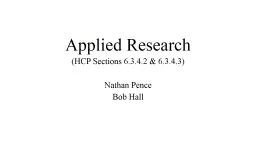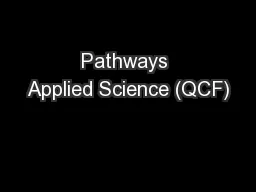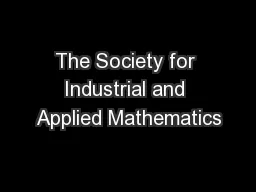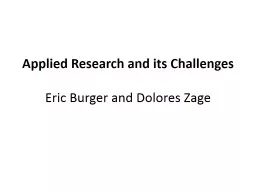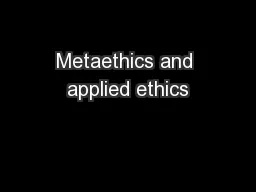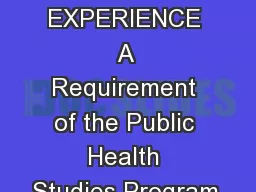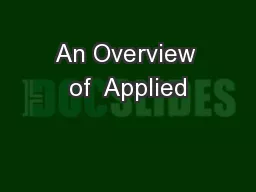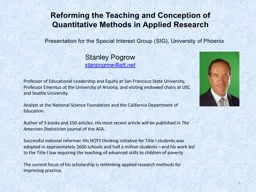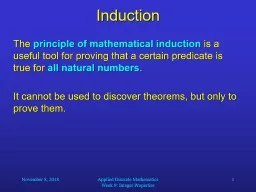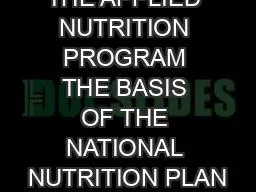PPT-Applied Research – What is it Good for?
Author : celsa-spraggs | Published Date : 2015-10-19
Focus on Learning Part 2 Mark Hoddenbagh 2012 June 05 St Lawrence College Through active participation in the Focus on Learning Program participants will have
Presentation Embed Code
Download Presentation
Download Presentation The PPT/PDF document "Applied Research – What is it Good for..." is the property of its rightful owner. Permission is granted to download and print the materials on this website for personal, non-commercial use only, and to display it on your personal computer provided you do not modify the materials and that you retain all copyright notices contained in the materials. By downloading content from our website, you accept the terms of this agreement.
Applied Research – What is it Good for?: Transcript
Download Rules Of Document
"Applied Research – What is it Good for?"The content belongs to its owner. You may download and print it for personal use, without modification, and keep all copyright notices. By downloading, you agree to these terms.
Related Documents



